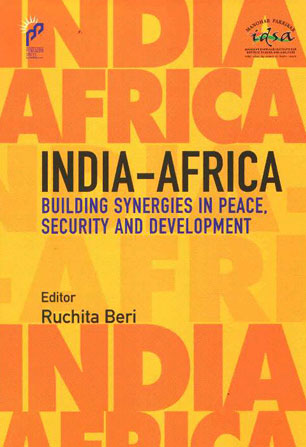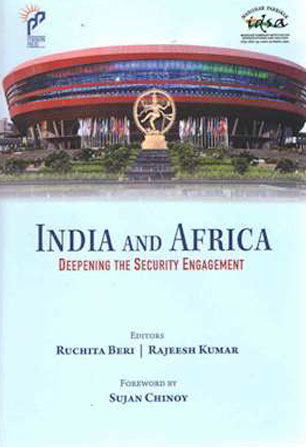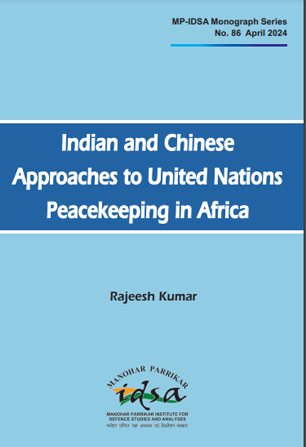Iranian Upheaval and Implications for Indian Policy
Iran has unfortunately witnessed a deep political upheaval in the wake of recent Presidential elections leading to vertical polarization among its ruling elite between two major factions, one led by President Ahmadinejad and supported by Supreme Leader Ayatollah Khamenei and the other by opposition leaders Mir Hossein Mousavi and Mehdi Karroubi backed by big personalities and former Presidents Mohammad Khatami and Hashemi Rafsanjani. The conflict between the two elite factions is internally driven and one that is difficult to discern fully.
- P. Stobdan
- August 25, 2009










